Photography—it’s all about commitment, passion, and skill. Ever wondered what a day in the life of a professional photographer is like? Every week, we ask a 500px photographer to document a typical day at work, giving you an exclusive, behind-the-scenes look at their shooting schedule and techniques in the field.
This week, we’re spending 24 hours with renowned landscape photographer Evgeni Dinev from Burgas, Bulgaria.
Whether it’s a glorious sunrise over the Balkan Mountains or a misty tree-laden forest in the autumn, Evgeni captures the magnificent and raw beauty of nature in his landscape images. With his Canon EOS 5D MkII, Canon 16-35 f/2.8L, Canon 70-200 f/4L, and Singh-Ray GND filters, he is known for shooting wilderness amidst interesting weather conditions, from stark desolate beaches to foggy mountaintops early in the morning.
Read on to see how Evgeni spends an exciting day in the wilderness, shooting in one of the world’s best locations.
24 Hours with Evgeni Dinev
In the spring time, where I am from, the sun rises at about 5 or 6 in the morning. If I want to be at the right spot just as dawn is breaking about an hour before sunrise, I have two options. I either go there a day before and camp out near the place I want to shoot, or I leave 5 to 6 hours earlier in my car when I do not want to spend the night. I have tried both many times, and I believe that the first option—although it takes more time—is the better choice.
If the place is somewhere in the mountains, I calculate how much time it would take to get to the trail by car. Then, I calculate the time it would take to do the trail, adding an hour or two for good measure. As sunrise and sunset are the most important times of the day for shooting, I always try to clear my schedule around that time. To give you an example of how I do things, I will describe a trip I took to a very interesting mountain range called Stara Planina. One of the most beautiful places in Stara Planina is the Central Balkan National Park.
11 P.M. After a 6-hour, hike I reach my destination. I am at a natural rock formation resembling a gate standing on the top of a hill. It takes me considerably longer than expected to get here. It is pitch black outside as I struggle to find a place for my tent. The terrain is very uneven. I have to go all the way up to the gate. Even with the headlamp on, the darkness and my aching feet prevent me from taking a good look around the place. I pitch my tent on the first remotely even and level patch of land I come across.
2 A.M. My alarm clock is set for 4 A.M. but that’s not what wakes me up. I hear a thunderous noise that resonates on the walls of my tent. It feels like a fighter jet flying several meters over my head, or maybe the crack of a giant whip. This goes on for several minutes.
3 A.M. About an hour later, the wind dies down. I can finally go back to sleep.
4 A.M. The alarm clock goes off just as I am falling sound asleep. I walked for ages to get here, so I don’t want to miss the dawn. I do not see myself coming back to such a remote location, so I have no alternative but to open my eyes and leave the toasty sleeping bag. It is about zero degrees centigrade outside. In the dark, I have no idea where exactly I had set up camp the night before.
5 A.M. As the day breaks, the murky silhouettes of the area start to emerge. Spots of red grow on the horizon where the sun will come up in a while. I can now see the eastern slope of the mountain. Minutes later, I see where my camp is. The tent is directly above the rock arch standing on the top of the hill. The opening in rock face is 20 meters tall and 40 meters wide. It is not the safest place in the world to be. I would not have dreamed of camping here in broad daylight. But last night, with almost no visibility, it seemed as good a place as any.
6 A.M. The clock is ticking. I still have not taken a look around the place, so I have no idea where to shoot the arch from. There is no way around it. I have to explore the area. As I said, the terrain is broken. To get from point A to point B, you have to climb up and then go down, which takes time. In the end, I choose my spot. It overlooks the rock formation from the northeast, and that is the best vantage point. The sun is already up and bathing the arch with its gentle light. As I finish setting up my tripod and mounting the gradient filters on the lens, about ten semi-wild horses pass right in front of me. I manage to take photos, but my camera is set up for low speed. Because they are moving, the images of the horses come out a little blurry, but I figure this is better than nothing.
7 A.M. The light becomes too bright to take landscape photos. The only thing I can do now is pack up and move on to my next destination, Mount Kozia Stena, also known as Goat’s Wall.
8 A.M. Stara Planina is one of those mountains that strike you as being long instead of tall. Its foothills are covered with old beech forests. Impassable canyons and whitewater rivers crisscross the wilderness. Here, it is much more likely to run into a brown bear than a fellow human being. This is exactly what lies ahead of me now.
9 A.M. A mist is rolling down the mountain. Soon, the tops of the beech trees disappear into it. I have reached cloud level. The mist is not thick, but it is not thin either. Blown by the wind at times, it grows thinner—only to become thicker moments later.
10 A.M. My eyes adapt to the surrounding whiteness. I can make out the peculiar shapes of trees. Now, they do not seem chaotic to me. Each tree has its own place. The path disappears in lush greenery between giant green walls rising above the white blanket.
11 A.M. The ridge is near. I am above the clouds now. Random rays of sunshine pierce the mist here and there—and then disappear. There is very little time to find a good composition and shoot. Being here in the beech forest at this exact moment is just dumb luck. I start chasing the rays that penetrate the mist and disappear a heartbeat later.
12 P.M. I am on top of the ridge. The clouds have disappeared without a trace. The sun is scorching the ground relentlessly. The lodge, where I am supposed to spend the night is near. I decide to slow down, and take in the views.
2 P.M. I reach a dangerous part of the trail, stretching between two peaks. For about 500 meters, the path runs along a narrow crest. In good weather, as today, passing through here is not too bad, if you are careful.
3 P.M. The lodge looms in the distance, but I have no intention of reaching it before dark. My destination is the saddle between the lodge and the peak. They offer a unique view of the mountain.
4 P.M. I reach the saddle. I find a great place to lie down just off the path. There is plenty of time before sunset, so I take out my book. It is a collection of science-fiction short stories. Midway through the second short story, my eyelids grow unbearably heavy. I fall asleep on the soft grass.
7 P.M. I wake up three hours later. The sun is low, and the scene is starting to change. It is becoming even more exciting and vivid. Rays of sunshine coming from behind the mountain tops bathe the distant lodge perched atop the ridge. I leave my spot to explore the area. I am in the middle of a lush mountain meadow studded with flowering plants. The two semi-wild horses—a stallion and a mare—pay little attention to me absorbed in their wooing rituals, but my careless steps startle them before I realize they are there. I stop to give them a chance to compose themselves. Then I stoop down a little, and try to get near them. I swap the wide-angle for a zoom lens, of course, before I settle down as if I were a hunter. The horses keep running, so I have to follow and try to keep up. The light grows softer and softer flooding the meadow with rays of gold and the horses look surreal and almost whimsical on this green meadow. This is my last chance to shoot before they disappear. As if knowing that they scream past me at full gallop. I point my camera at them. With a single shot, I manage to catch this incredible moment.
8 P.M. Glows of red emerge in the sky. Running with the horses has stirred all kinds of emotions in me, but there is still a little time left for me to shoot. I climb the nearby peak and wait for the sun to dip below the horizon. From here, the mountains look infinite. All you can see in the distance is layer upon layer ridges and peaks. There is a single cloud in the sky, long and narrow. In a minute, the sun will disappear behind the layered peaks. At this exact moment the celestial sphere hits the cloud from behind. You may think that this is a sunset like any other. The sun is a big orange dot on the horizon but the cloud changes everything. No, this is not just another sunset. It is a memory of a moment and a place unlike any other.
10 P.M. It is getting dark. There is still a ways to go before I get to the lodge. When I arrive, it is completely dark outside. Places like these are popular among tourists in the summer, but it is still spring, so it is early. Regardless, there must be someone inside, at least the keeper, yet I see no one. I must have made a racket as I stumbled around trying to find a place to sleep, because I see the frowning face of an old man emerging from the darkness. It looks almost sinister—lit by the pale light of the candle he is holding. His voice is coarse, and sounds more like barking than human speech. He asks me who I am, and what I am doing there. It is like I have come to his private home, and not a mountain lodge. The wonderful memories of the mountain are now drowned in the acid, exuding from the old man whose peace I had disturbed.
4 A.M. Getting up early in the morning is just part of life for anyone who wants to take landscape photographs. It is pitch-black when I leave the lodge. By the time I get to the saddle ahead of Mount Kozia Stena, the day is starting to break. Yet again, I find myself alone—surrounded by the beauty of the spring morning. I see lush meadows with spring flowers before me, and the peak towering above them in the distance. This is enough to wash away the acid taste from last night’s meeting with the cranky lodge keeper. A minute later, the red sphere of the sun appears from behind Mount Kozia Stena. This is the last picture I take today in this majestic mountain.
We hope you found Evgeni Dinev‘s account of his action-packed day inspiring, and gave you insights into what it takes to be a landscape photographer.
Want more inspiration? Scroll down for a collection of his visually-arresting work:
Want to see more of his breathtaking photos? Follow Evgeni Dinev on 500px. You can also visit his website and Facebook page to connect with him.
Got any questions for Evgeni about his images, his schedule, or his techniques? Leave a comment for him below!
Check back next week for a new installment of A Day In The Life featuring another inspiring 500px photographer.

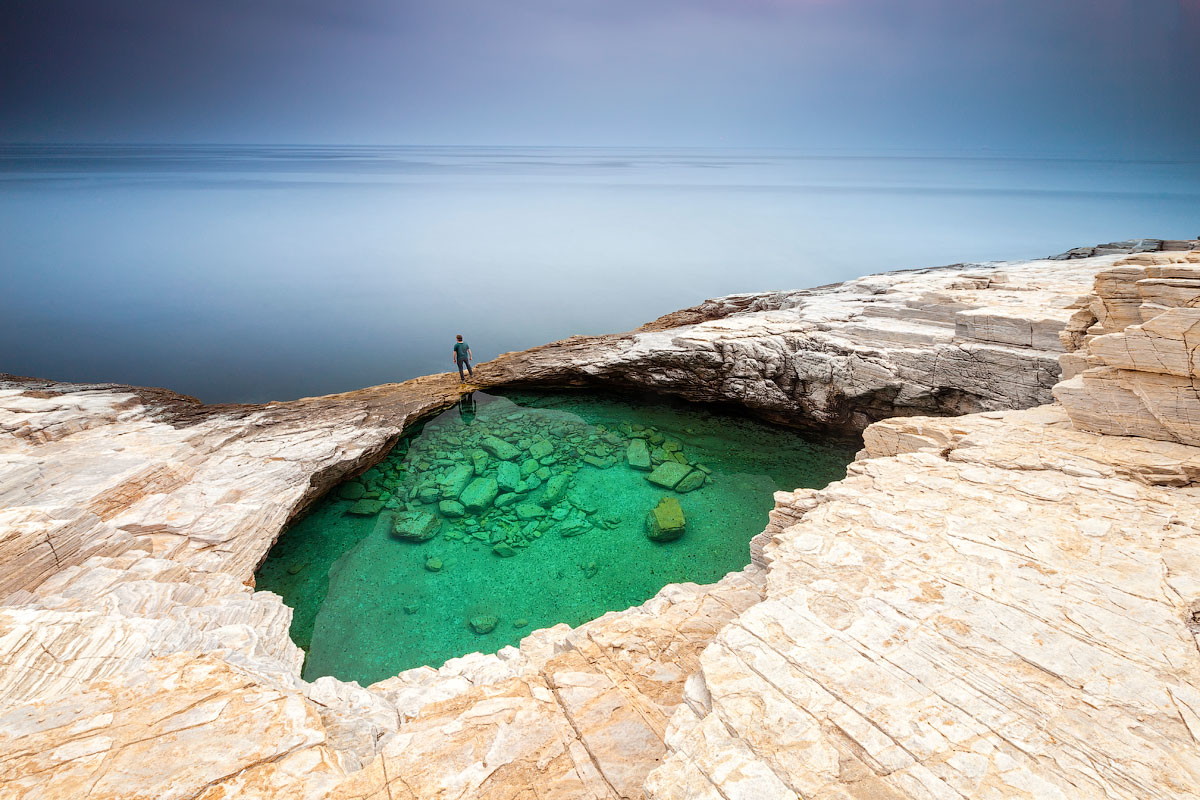

























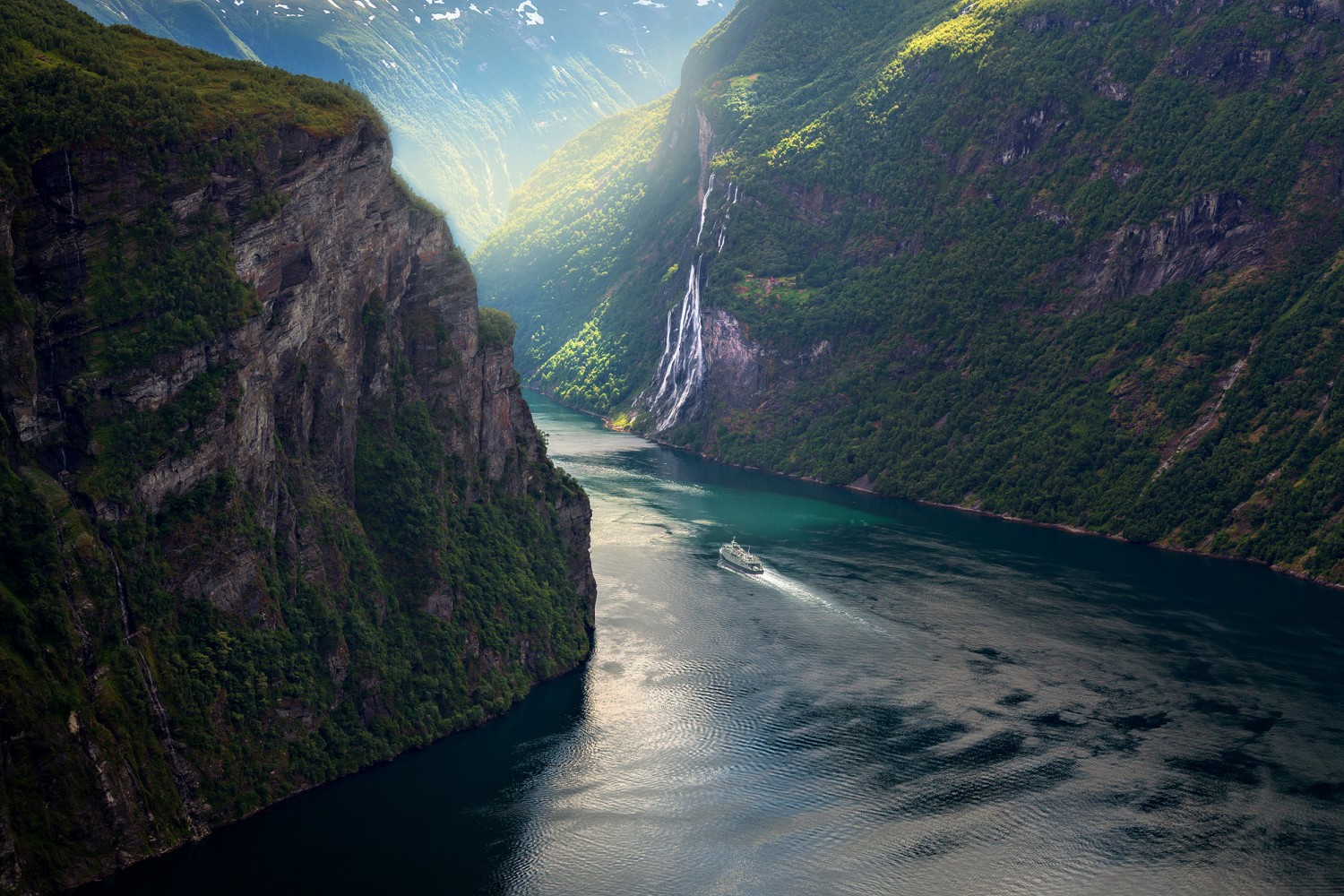
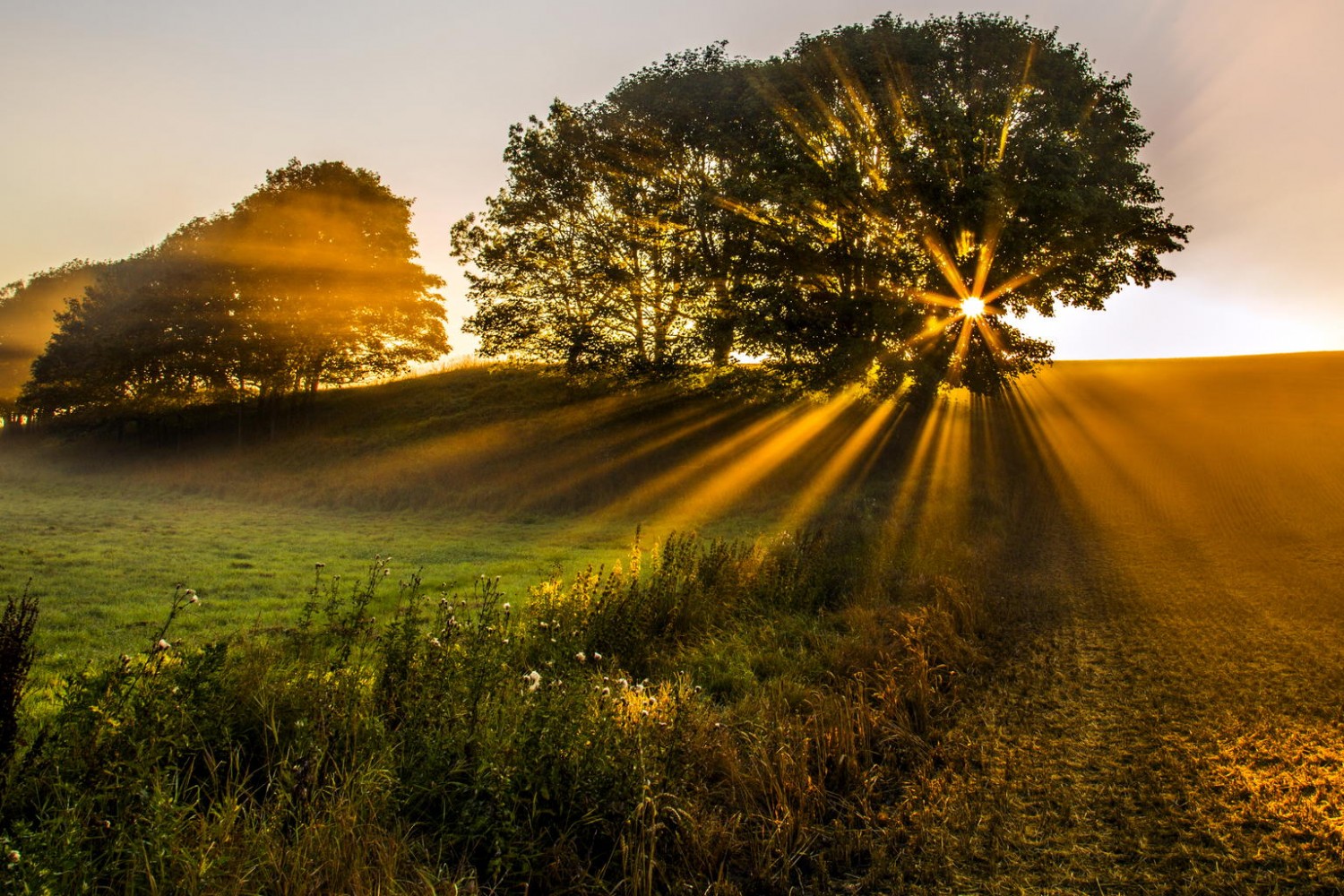
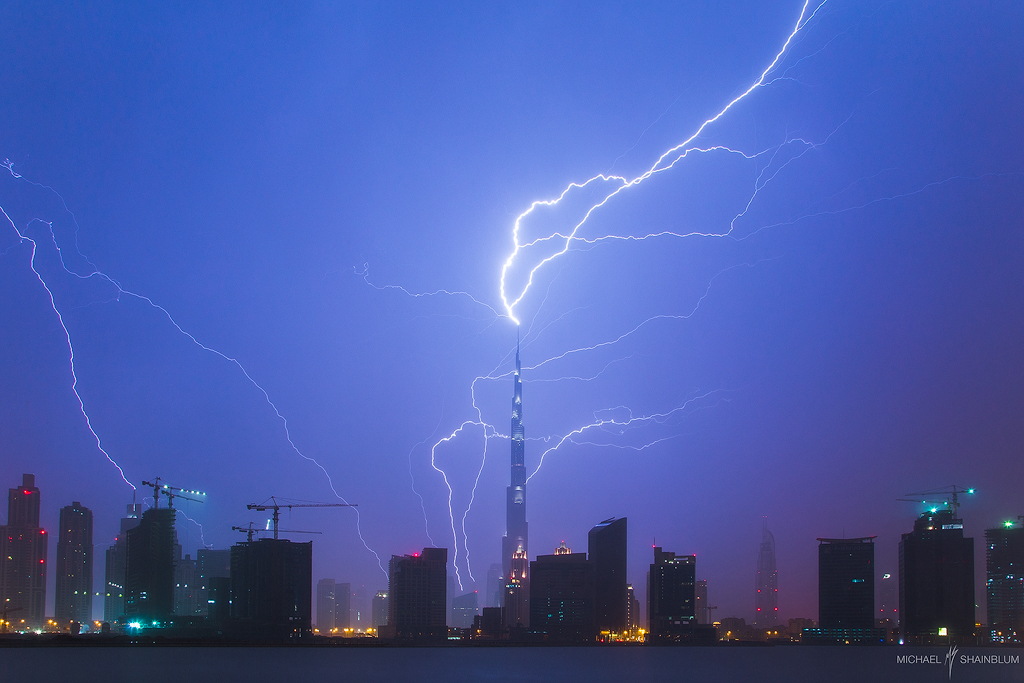
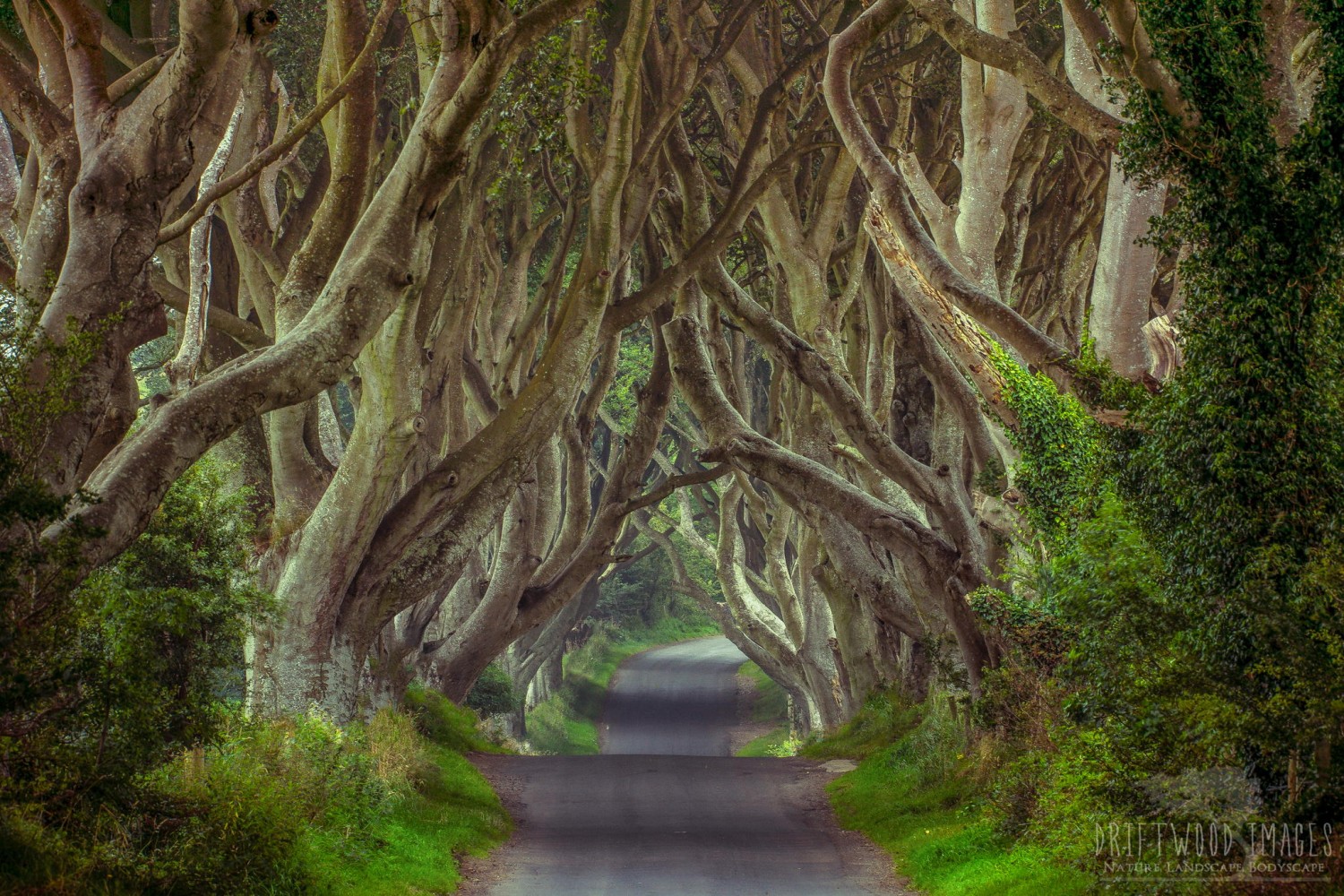
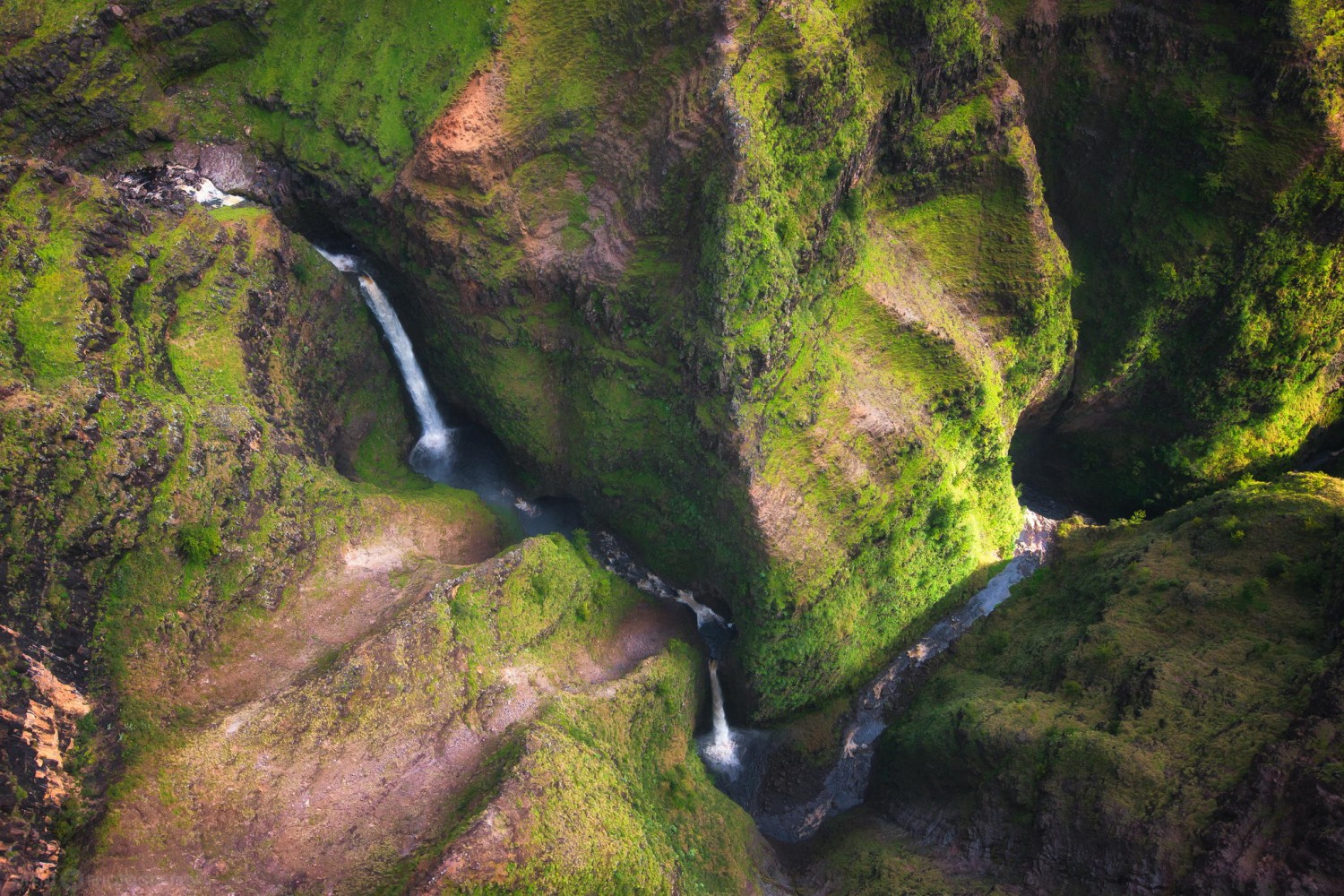
Leave a reply